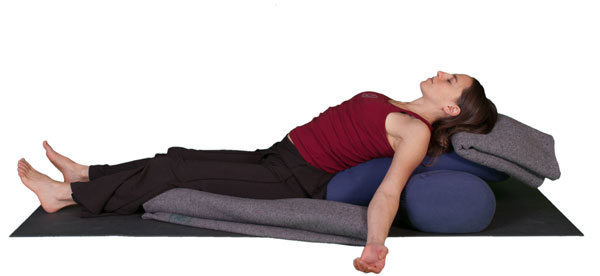It’s amazing how adaptive yoga is—how you can come to your practice wherever you are in life and always find something of benefit.
In the past four years my personal approach to yoga has changed drastically. The advanced poses that used to be common in my practice have moved over to accommodate the basics.
I’ve simplified. I focus on core stability (still recovering physically from having twins), and stretching the places that need it in the slim time I carve out every day to breathe, move, and connect with myself. It’s humbling, to have my body and practice change so much. A challenge and a gift at once.
If you’ve been practicing yoga for any length of time, I’d guess you understand this concept. You’ve probably modified to accommodate yourself, perhaps to protect an injury or strengthen in specific ways. Maybe you’ve been more gentle when your energy wanes, and more bold when you’re feeling strong.
As I prepare to teach my first yoga class in years, the humility of having this changed body comes with me. It informs how I want to create a space where each person who comes to my class feels they have absolute freedom to practice in the best way for them. I’ve always given modifications. Now I’ll be giving even more, on both sides of the spectrum.
That may mean your practice looks very different than the person next to you, but we’ll still be on a journey together through breath, movement, and intention.
There are countless ways to adapt your practice. Here are some tips:
- First and foremost, always listen to your body. You are your best guide. Trust yourself, trust your intuition, and follow what feels right for you in each changing moment. Don’t be afraid to do your own thing, or choose your own pose—even in a classroom environment.
- You can modify anything in yoga, especially when it comes to asana (the physical poses). Choose variations that honour where your body is right now, whether that means you’re doing a more challenging version of a pose or a more gentle one.
- Sun salutations are common in flow classes, and some people thrive on them, but this varies widely from person to person. If up-dog or cobra doesn’t feel good on your lower back, perhaps sphinx is better. Perhaps standing mindfully in mountain pose or resting in child’s pose is more beneficial.
- Get creative! Each yoga poses has so many versions, so find the ones that naturally come to you.
- Don’t know how to modify? Ask your teacher and/or feel what your body wants.
- Feel good in a pose and want to take it to the next level? Go for it!
Even if you’re not able to make it to class, I hope this message encourages you to be even more true to yourself in your approach to yoga.

